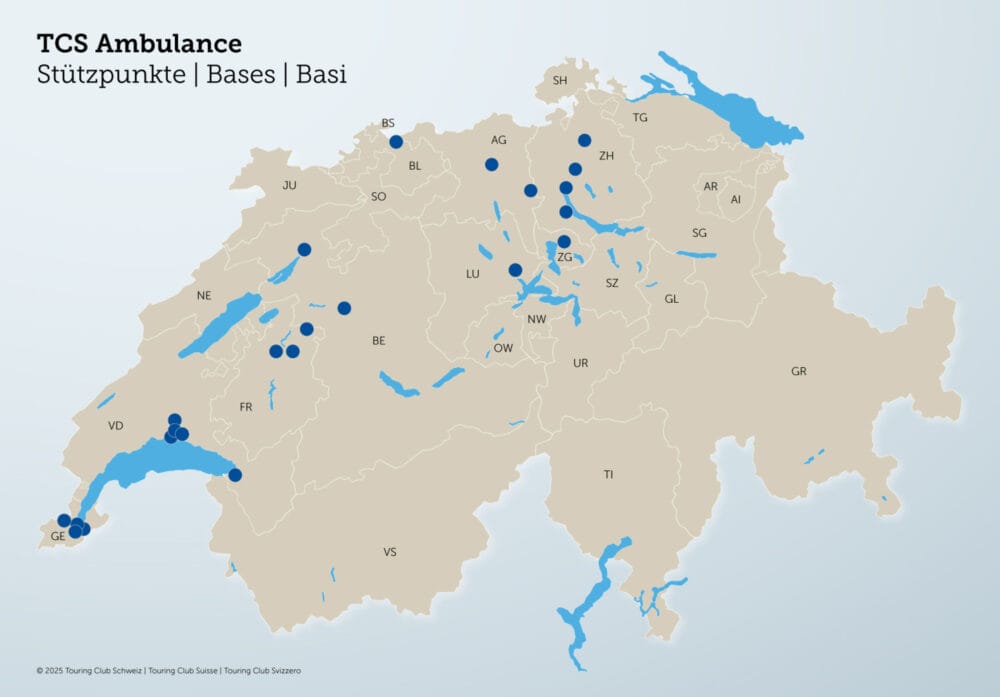New test method for hand disinfection
With a newly developed test method for hand disinfectants, the process can be realistically simulated.

Every year in May, International Hand Hygiene Day (on 5.5.) reminds us of the importance of effective hand disinfection to prevent infections. The topic of hand disinfection has also been addressed by the Hohenstein Institute for Textile Innovation GmbH together with Labor Dr. Merk & Kollegen GmbH as part of a ZIM project. The aim of the project was to develop a novel model for testing hand disinfectants under practical conditions.
Realistic simulation
By simulating the process of rubbing in hand disinfectants under realistic conditions, the new hand disinfection model makes it possible to obtain results that correlate with data obtained in human trials. This makes it possible to screen newly developed disinfectants under realistic conditions, saving costs and eliminating any potential risk to test subjects. In addition, the use of the model allows comparative studies of different formulations of a disinfectant to be carried out in a way that saves time and resources.
This model can be used to test not only the bactericidal effect but also, and above all, the efficacy of disinfectants against viruses in a practical manner. The basis for this is a technical skin that corresponds to real human skin in terms of its properties such as pH value, topography, fat content and moisture management. The Hohenstein scientists have also optimized it so that it can be used as a substitute for the hands of real test subjects.
Simulate movement
Another result of the project is the development of a motor-driven simulator with a rotating arm. At the point of contact of the arm with a base, the artificial skin can be clamped. By rotating the arm on the surface and adjusting the contact pressure, it is possible to successfully simulate rubbing movements that correspond to rubbing hands during disinfection.
The scientists at Labor Dr. Merk & Kollegen GmbH conducted virological tests with the newly developed model and in human volunteers and collected data on the disinfection performance of various commercially available disinfectants against noroviruses, vaccinia viruses and adenoviruses. The results from the tests with human volunteers correlated with the results obtained using the hand disinfection model.
Understanding and preventing infection chains
The scientists from both companies were also able to successfully simulate and evaluate practical transmission scenarios in the course of the project. To do this, they recreated infection chains (e.g. hand - door handle - hand) with a stamp model using technical skin or various metal plates and analyzed them. This showed how important thorough hand disinfection is for interrupting the simulated infection chain.
The prevention of nosocomial infections, i.e. infections resulting from stays in hospitals or nursing homes, and in particular the prevention of viral diseases, is of great importance for medical facilities. Viral diseases are usually highly infectious and spread rapidly among patients. Disinfection of hands, especially those of staff and visitors, is an effective way to break the chain of infection and thus contain the spread of viruses. For this, it is crucial to find suitable hand disinfectants.
For a disinfectant to be recognized as effective and allowed to be used in medical facilities, it must be listed in Germany with the VAH (Verband für angewandte Hygiene e.V.) or Robert Koch Institute. In order to have a hand disinfectant listed, manufacturers must submit expert opinions on efficacy, which have been determined in quantitative suspension tests. However, these tests are not designed to reflect the disinfection effect in practical use. Practical trials with test persons, on the other hand, which have been available up to now, are cost-intensive and always involve a risk of infection for the test persons, but are extremely important in order to be able to assess the actual disinfection performance. Against this background, the newly developed hand disinfection model represents a realistic and subject-independent test methodology for testing the efficacy of hand disinfectants under practical conditions.









